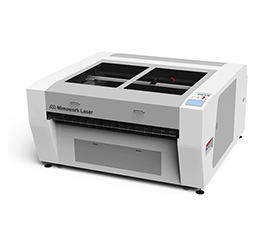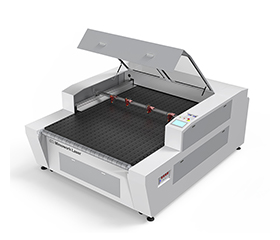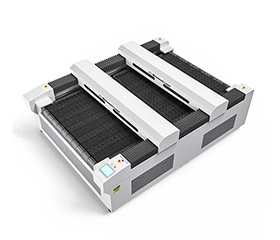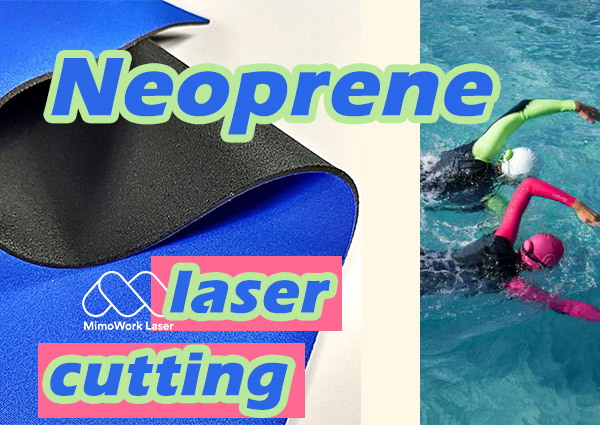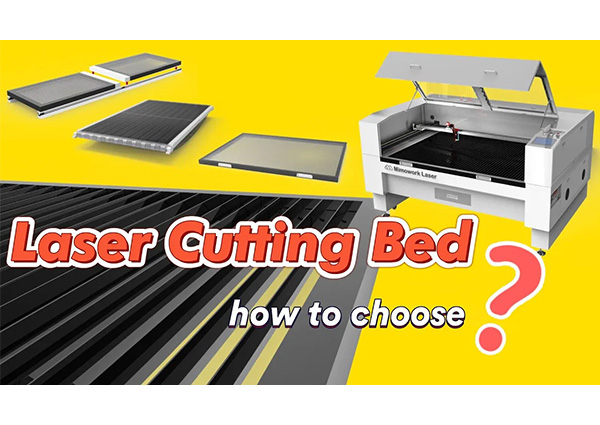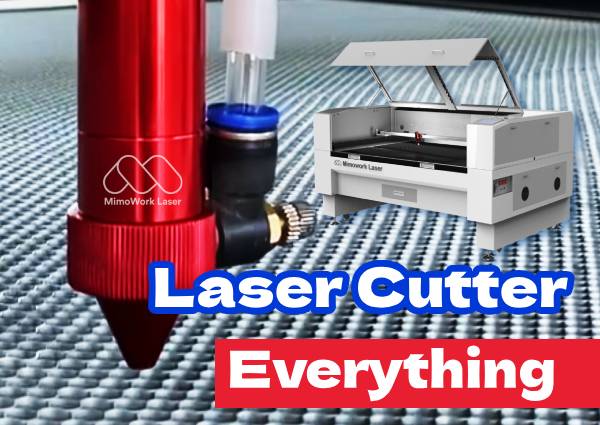Can You Laser Cut Hypalon (CSM)?
laser cutting machine for insulation
Hypalon, also known as chlorosulfonated polyethylene (CSM), is a synthetic rubber widely appreciated for its exceptional durability and resistance to chemicals and extreme weather conditions. This article explores the feasibility of laser cutting Hypalon, outlining the advantages, challenges, and best practices.
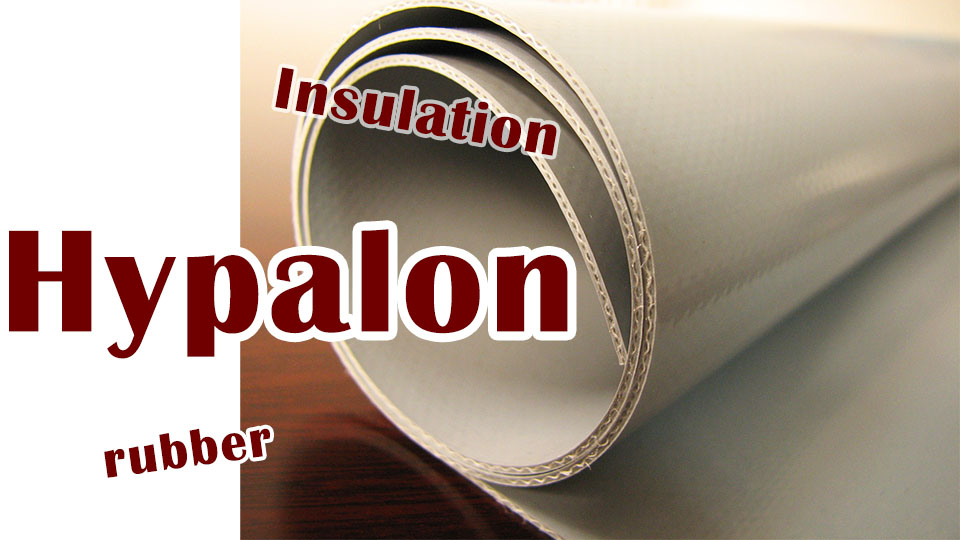
What is Hypalon (CSM)?
Hypalon is a chlorosulfonated polyethylene, making it highly resistant to oxidation, ozone, and various chemicals. Key properties include high resistance to abrasion, UV radiation, and a wide range of chemicals, making it an ideal choice for various demanding applications. Common uses of Hypalon include inflatable boats, roofing membranes, flexible hoses, and industrial fabrics.
Laser cutting involves using a focused beam of light to melt, burn, or vaporize material, producing precise cuts with minimal waste. There are different types of lasers used in cutting:
CO2 Lasers: Common for cutting non-metal materials like acrylic, wood, and rubber. They are the preferred choice for cutting synthetic rubbers like Hypalon due to their ability to produce clean, precise cuts.
Fiber Lasers: Typically used for metals but less common for materials like Hypalon.
• Recommended Textile Laser Cutters
Advantages:
Precision: Laser cutting offers high accuracy and clean edges.
Efficiency: The process is faster compared to mechanical methods.
Minimal Waste: Reduced material wastage.
Challenges:
Fume Generation: Potential release of harmful gases like chlorine during cutting. So we designed the fume extractor for the industrial laser cutting machine, that can effectively absorb and purify the fumes and smoke, guaranteeing the working environment clean and safe.
Material Damage: Risk of burning or melting if not properly controlled. We suggest testing the material before real laser cutting. Our laser expert can help you with proper laser parameters.
While laser cutting offers precision, it also poses challenges such as harmful fume generation and potential material damage.
Proper ventilation and fume extraction systems are crucial to mitigate the release of harmful gases like chlorine during laser cutting. Adhering to laser safety protocols, such as using protective eyewear and maintaining correct machine settings, is essential.
Best Practices for Laser Cutting Hypalon
Laser Settings:
Power: Optimal power settings to avoid burning.
Speed: Adjusting cutting speed for clean cuts.
Frequency: Setting appropriate pulse frequency
Recommended settings include a lower power and higher speed to minimize heat buildup and prevent burning.
Preparation Tips:
Surface Cleaning: Ensuring the material surface is clean and free from contaminants.
Material Securing: Properly securing the material to prevent movement.
Clean the Hypalon surface thoroughly and secure it to the cutting bed to ensure precise cuts.
Post-Cutting Care:
Edge Cleaning: Removing any residues from cut edges.
Inspection: Checking for any signs of heat damage.
After cutting, clean the edges and inspect for any heat damage to ensure quality.
Die-Cutting
Suitable for high-volume production. It offers high efficiency but less flexibility.
Waterjet Cutting
Uses high-pressure water, ideal for heat-sensitive materials. It avoids heat damage but can be slower and more expensive.
Manual Cutting
Using knives or shears for simple shapes. It is low cost but offers limited precision.
Roofing Membranes
Laser cutting allows for the detailed patterns and shapes needed in roofing applications.
Industrial Fabrics
The precision of laser cutting is essential for creating durable and intricate designs in industrial fabrics.
Medical Parts
Laser cutting provides the high precision needed for medical parts made from Hypalon.
Conslusion
Laser cutting Hypalon is feasible and offers several advantages, including high precision, efficiency, and minimal waste. However, it also poses challenges such as harmful fume generation and potential material damage. By following best practices and safety considerations, laser cutting can be an effective method for processing Hypalon. Alternatives like die-cutting, waterjet cutting, and manual cutting also offer viable options depending on the specific requirements of the project. If you have customized requirements for Hypalon cutting, consult us for professional laser advice.
Learn more about the laser cutting machine for Hypalon
Related News
Neoprene is a synthetic rubber material that is used for a variety of applications, from wetsuits to laptop sleeves.
One of the most popular methods for cutting neoprene is laser cutting.
In this article, we will explore the advantages of neoprene laser cutting and the benefits of using laser cut neoprene fabric.
Looking for a CO2 laser cutter? Choosing the right cutting bed is key!
Whether you’re gonna cut and engrave acrylic, wood, paper, and others,
selecting an optimal laser cutting table is your first step in buying a machine.
• Conveyor Table
• Knife Strip Laser Cutting Bed
• Honeycomb Laser Cutting Bed
...
Laser Cutting, as a subdivision of applications, has been developed and stands out in cutting and engraving fields. With excellent laser features, outstanding cutting performance, and automatic processing, laser cutting machines are replacing some traditional cutting tools. CO2 Laser is an increasingly popular processing method. The wavelength of 10.6μm is compatible with almost all non-metal materials and laminated metal. From daily fabric and leather, to industrial-used plastic, glass, and insulation, as well as craft materials like wood and acrylic, the laser cutting machine is capable of handling these and realizing excellent cutting effects.
Any Questions about Laser Cut Hypalon?
Post time: Jul-29-2024


